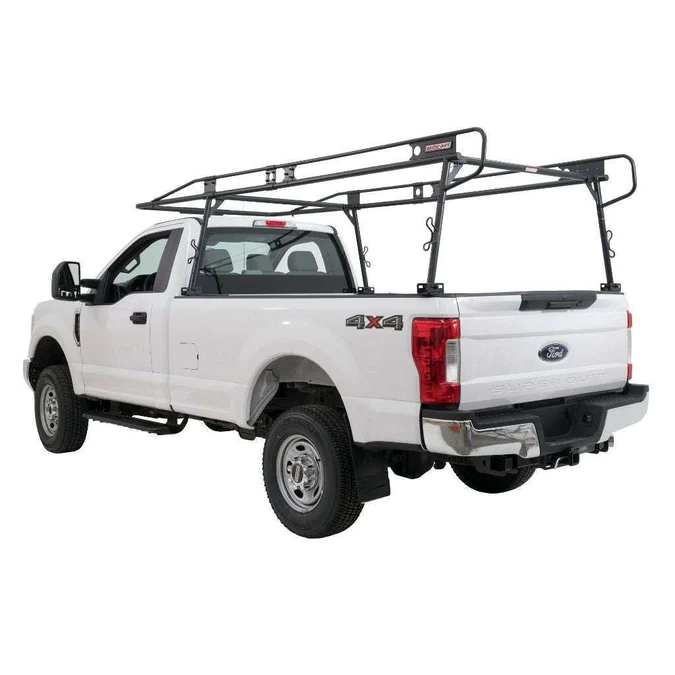being aware that others also moved into this large casting direction (brands escape me now, but I read about it) … i think its a mixed blessing.
It helps the PRODUCER tremendously (efficiency, parts count, reduction in assembly process, consistent quality) …
but it pushes huge cost and inefficiencies towards the OWNER … e.g. in case of accidents of var. degrees …
.
this reminds me of the 80ies/90ies, when jap. makes, as they were entering the global market - in order to keep the working capital and parts-count in 1000s of warehouses on the planet at check, “lumped” up spare parts …
before that, you could buy the special screw that went into the distributor for pennies, after they implemented their efficiencies, you could only buy a new distributor if said special screw got lost (made up example, painted with a broad brush, but true in essence).
Of course other producers saw the benefits and moved into the same direction, bringing their warehouse part-count down by a wide margin (at the cost of the consumers now having to spend top dollar for “lumps of equipment” instead of pennies for a specific screw.
I see that very same scenario with the casting tech … good for the producer, not so good for the owner.!



